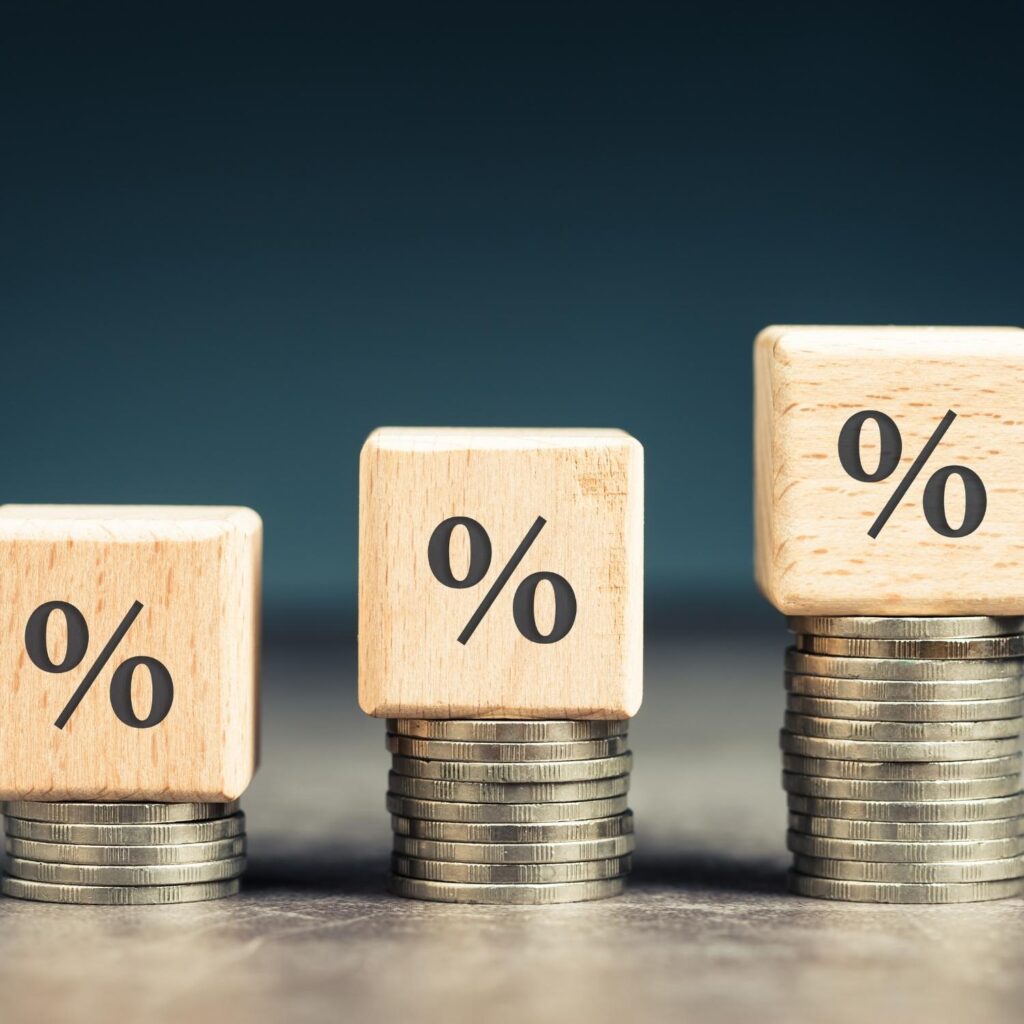Whether you’re trying to understand how much you will save during a sale or calculate how much you will owe in taxes, understanding percentages is a crucial skill you will need throughout your life. These ratios represent the relationship between two or more numbers, one representing a part of the other. Being able to use percentages more confidently will allow you to identify these relationships and trends, even if all you want to do is get a sweet discount.
What is a Percent?
A percent is another way of representing a part of a whole. Just like fractions or decimals, percentages tell us the relationship between two quantities. Unlike those two, though, percentages are always written as an expression out of 100. So that means 48% is 48 parts out of 100 total units.
Percents, Decimals, Fractions
Percents, decimals, and fractions are all related. You can easily convert between each of these forms depending on your need. To convert a percent to a fraction, put 100 in the denominator of your expression. Then, simplify where possible. In the reverse, to convert from a fraction to a percent, divide the numerator by the denominator. This will give you a decimal which you then need to multiply by 100. That last step is also what you need to do if you want to convert a decimal into a percent. Simply multiply by 100. On the other hand, to convert from a percent to a decimal, divide by 100.
| Fraction | Decimal | Percent |
|---|---|---|
| 1 | 1.0 | 100% |
| 3/4 | 0.75 | 75% |
| 1/2 | 0.5 | 50% |
| 1/3 | 0.333 | 33.3% |
| 3/10 | 0.3 | 30% |
| 1/4 | 0.25 | 25% |
| 1/5 | 0.2 | 20% |
| 1/8 | 0.125 | 12.5% |
| 1/10 | 0.1 | 10% |
| 1/20 | 0.05 | 5% |
| 1/100 | 0.01 | 1% |
Finding a Percent
Finding a percent of a number is fairly straightforward. Convert the percentage to a decimal or fraction and multiply times the base number. For example, if you want to know 30% of 20, you can do any of the following operations:
20 x .3 = 6
20 x 30/100 = 6
This will give you a result of 6.
On the other hand, if you want to know what percent one number makes up of another, divide the first number by the second. Usually, this means you will divide the smaller number by a bigger number, but some problems may involve a larger number on top. In that case, you will end up with a number larger than 100.
25/30 = .833 x 100 = 83.3%
So in the example above, we see that 25 represents 83 percent of 30.
All Percents Are Not Made Equal
One last thing students need to be mindful of is that percentages are based off of the last result when calculating multiple percentages. If you lower a number by a certain percent and then increase the result by the same percentage, you won’t get the same number you started with in the end. That’s because percentages are relative to the base number. If your base is lower, the overall increase or decrease will be lower and vice versa. If you take 20% from 100, you will get 80, but if you raise that result by another 20%, you will only end up with 96. That’s because 20% of 100 is 20 while 20% of 80 is only 16!
100 x 0.8 = 80
80 x 1.2 = 96
View our resources
Strive Resources | TpT | Made By Teachers | Classful | Etsy

